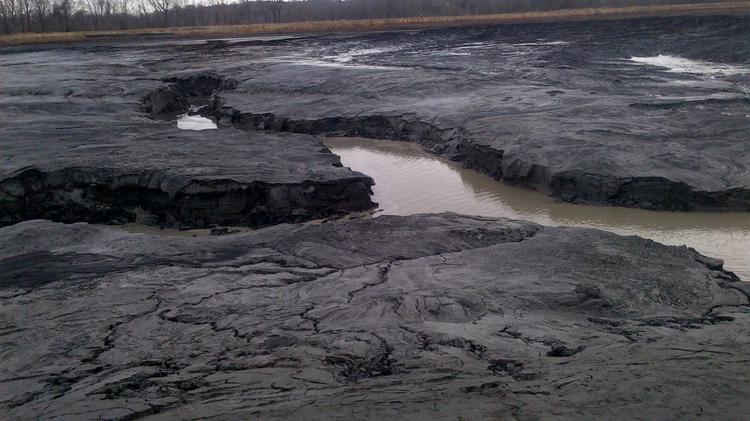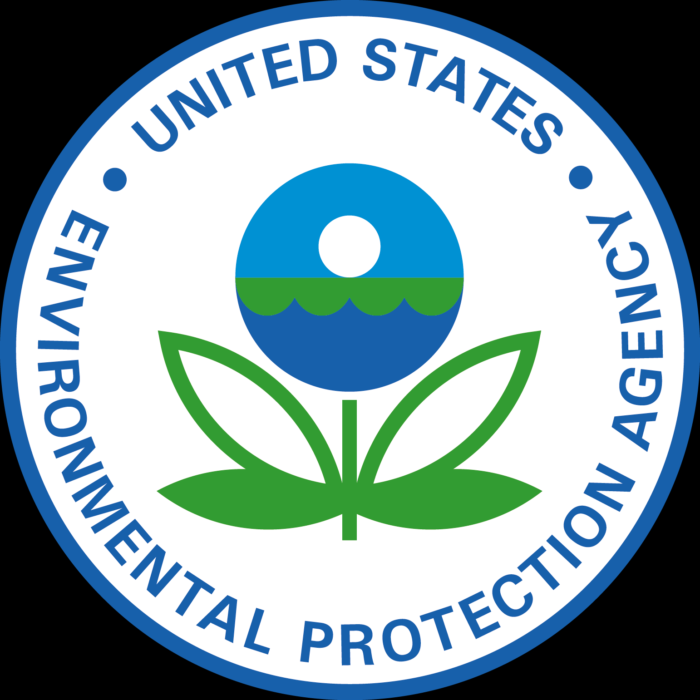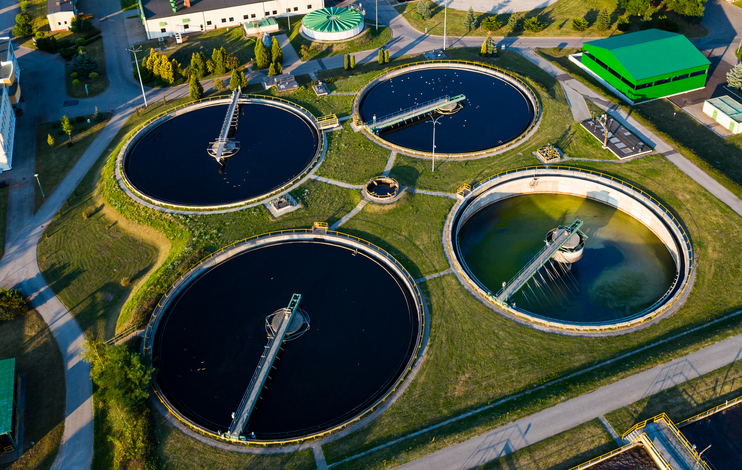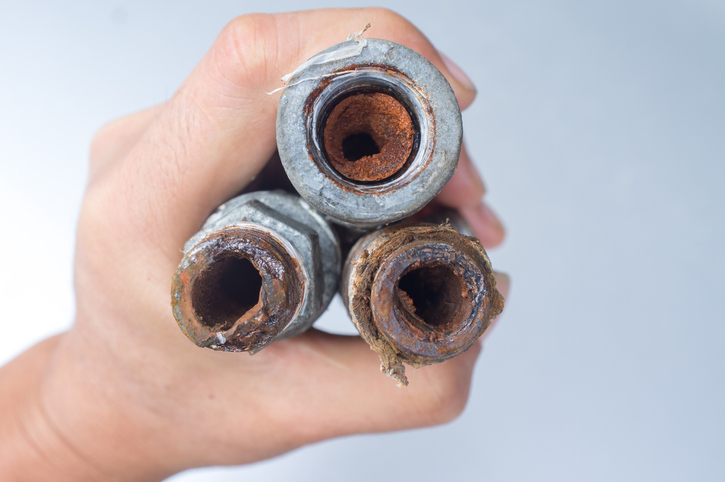Earlier this month, the U.S. Environmental Protection Agency (EPA) announced the availability of the draft risk evaluation for N-methylpyrrolidon (NMP) under the Toxic Substances Control Act (TSCA). The purpose of a risk evaluation is to determine whether a chemical substance presents an unreasonable risk of injury to health or the environment under the conditions of its use and to analyze the risks from potential exposure. The draft risk evaluation will be peer-reviewed by the TSCA Science Advisory Committee on Chemicals (SACC) on December 5- 6, 2019 with a final regulation likely to be …
Continue Reading









